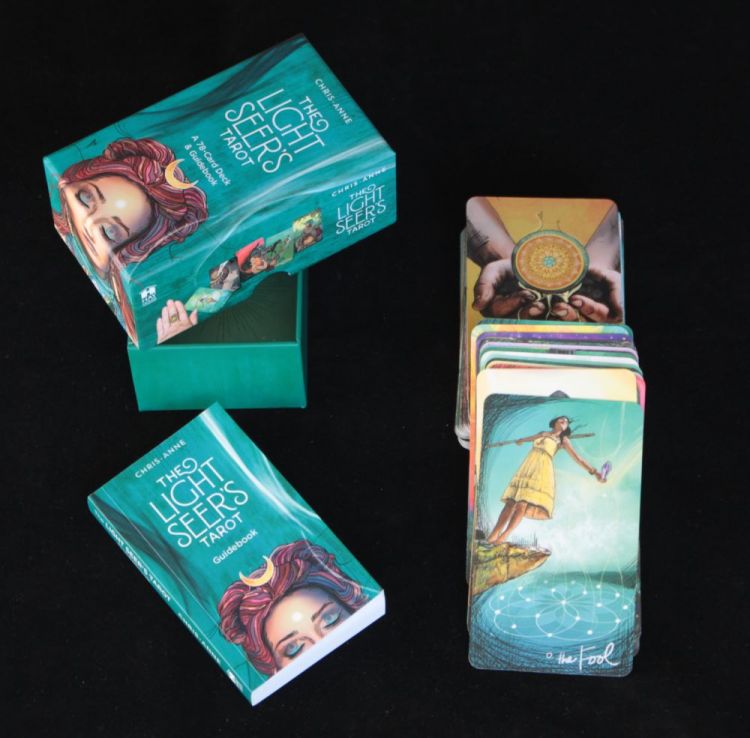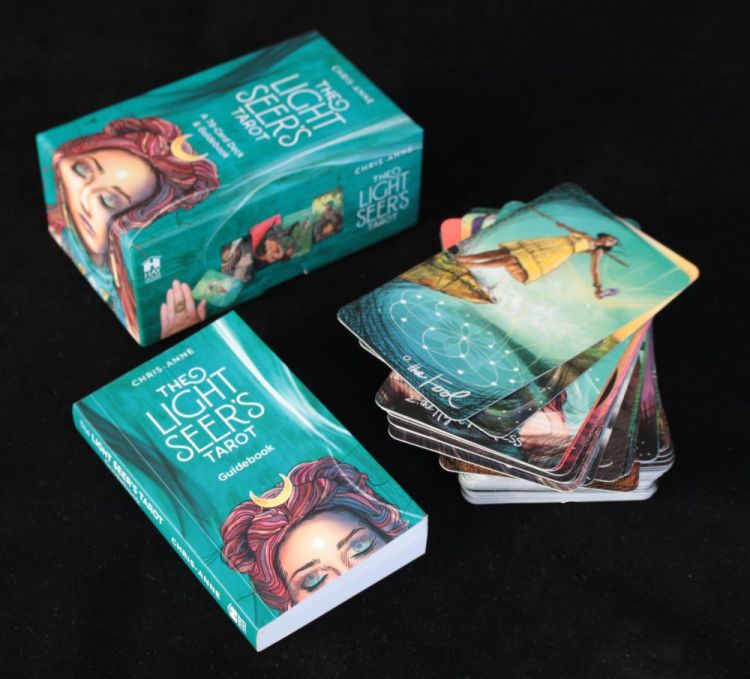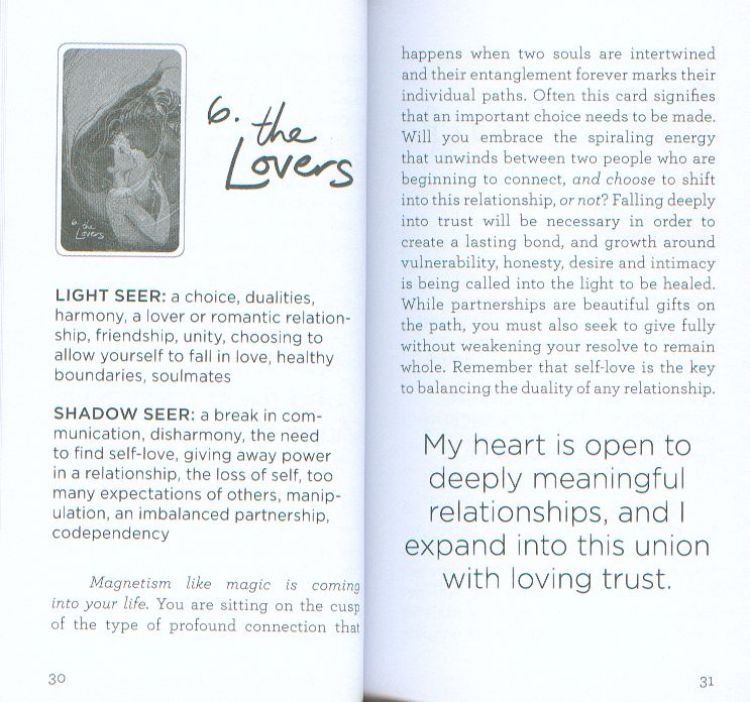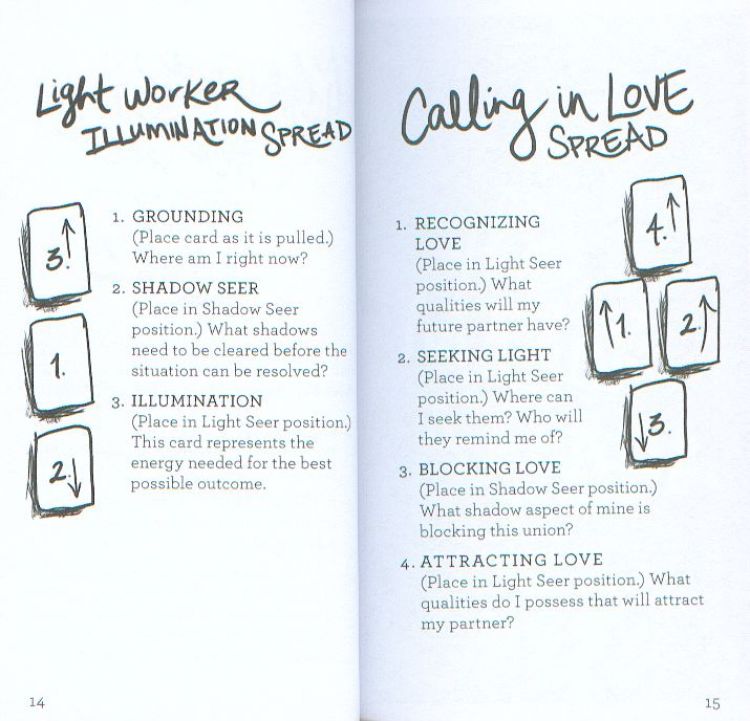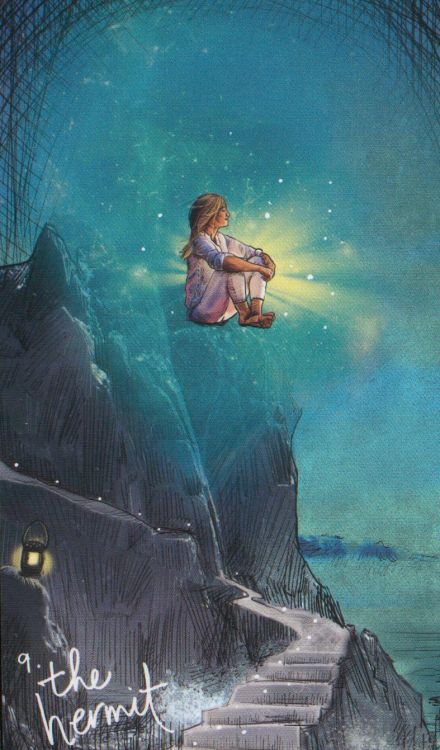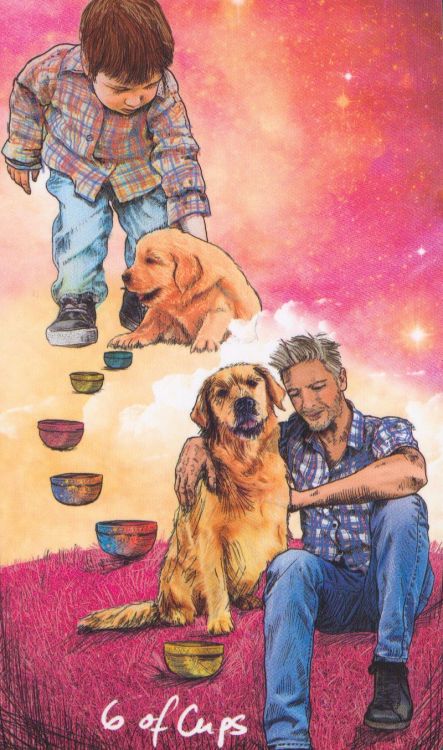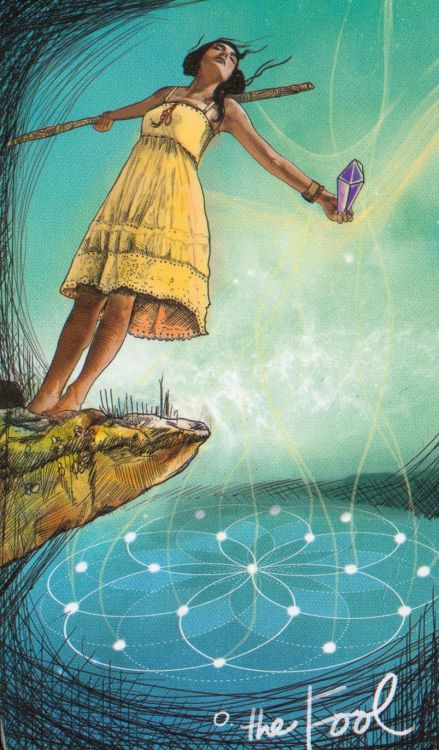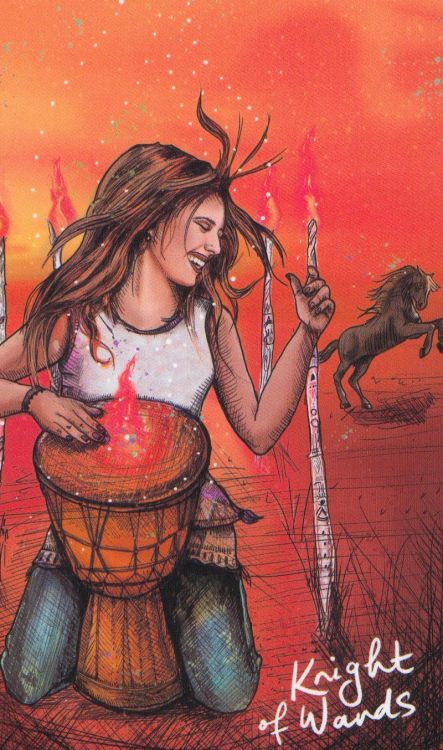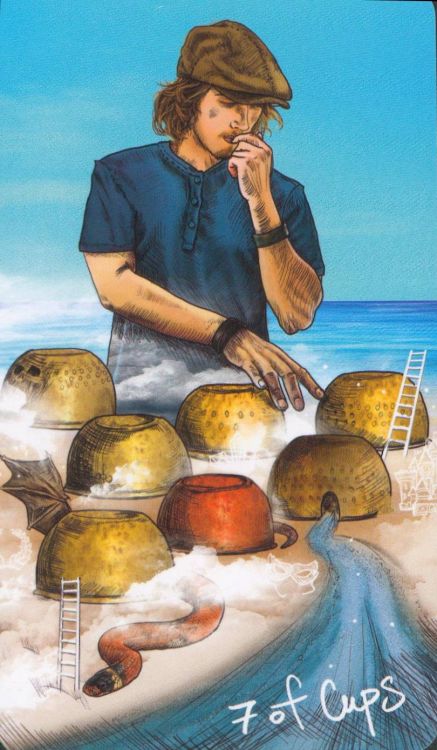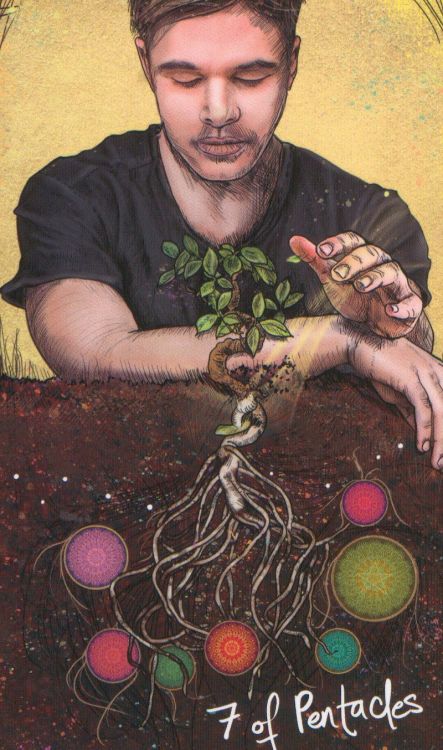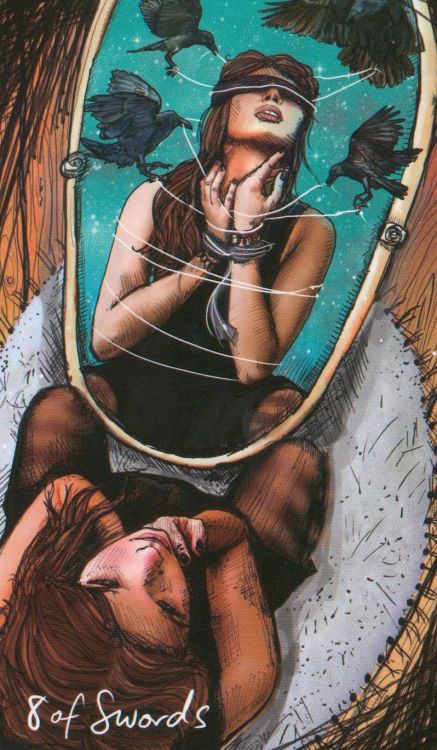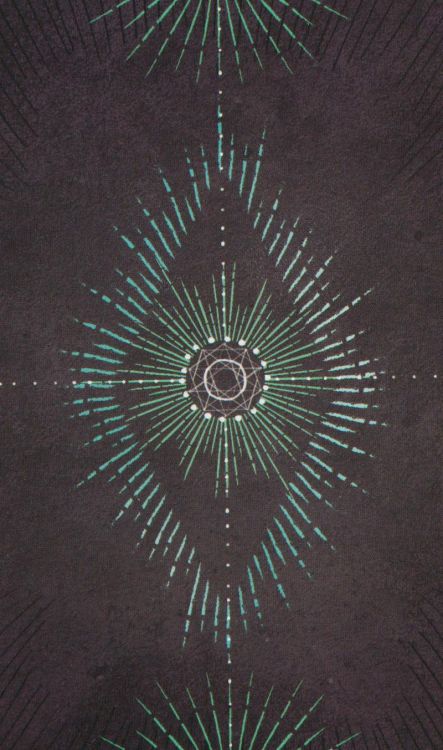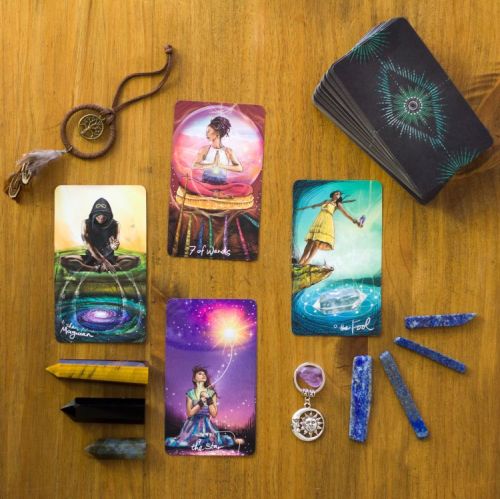The primary qualities of this tarot are above all graphic. The author has produced her images with a palette of very harmonious and luminous colors. This deck with its modern life scenes is certainly very beautiful to look at. On this aspect the work is indisputably successful.
As for the symbolism of the tarot, the author has indeed renewed the RWS genre especially on the Minor Arcana with scenes of life more meaningful, even concerning the court cards. As for the Major Arcana, Chris-Anne has shown originality, it's undeniable, however I have difficulty adhering to many cards because I don't find myself in the symbolism used, or I find it too simple. This is a personal perception, no doubt that other readers may feel more concerned by the author's vision.
The beginner can be seduced by this tarot with current and colorful images. He will find the author's approach original and convincing. However, he may be interested in more traditional tarot cards that will bring him richer and more proven meanings.
The experienced practitioner will find in this deck, a true spirit of softness and a luminous atmosphere. He will use this tarot with fearful or young consultants, whose more traditional or even medieval images (such as the Tarot de Marseille) could be repulsive or even frightening.
To learn more and deepen your knowledge of tarot, check out my article on the meanings of the 78 tarot cards or on the 22 Trumps (major arcana).
